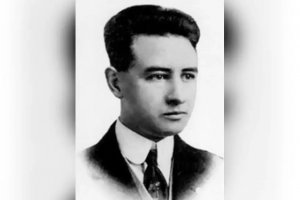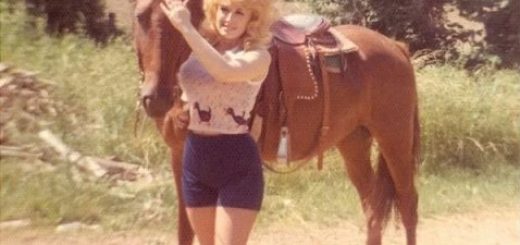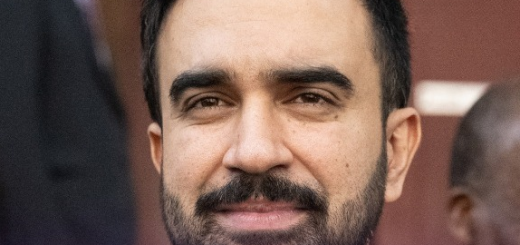Frozen in Time: The Pioneering Cryonic Preservation of Dr. James H. Bedford — 56 Years Later
In a landmark moment for cryonics, Dr. James Hiram Bedford, a 73‑year‑old psychology professor and World War I veteran, became the first human ever to be cryogenically preserved on January 12, 1967.
Facing terminal kidney cancer that had spread to his lungs, Bedford, inspired by Robert Ettinger’s The Prospect of Immortality, chose to defy death in hopes of a future revival.
How it happened:
Just hours after legal death in Glendale, California, his body underwent emergency procedures: blood was replaced with dimethyl sulfoxide and Ringer’s solution to protect tissue, then he was plunged into liquid nitrogen at –196 °C.

Over the next two decades, his remains moved between storage facilities before being transferred to the Alcor Life Extension Foundation in Scottsdale, Arizona, in 1991.
Remarkable preservation:
In 1991, technicians inspected Bedford’s body—and even in frozen form, his appearance suggested excellent preservation. Though tissue discoloration was noted, major organs and structural integrity remained intact.

Today’s cryonics:
Now more than 56 years after his preservation, Bedford remains Alcor’s oldest cryopreserved individual. He’s effectively the longest-lasting “patient” in cold storage, with over 300 bodies cryopreserved globally and thousands signed up for future inclusion.
Skepticism persists:
Despite Bedford’s pioneering case and improvements in vitrification techniques, mainstream scientists remain doubtful that human revival will ever be possible.
But cryonics advocates maintain hope that future technologies might unlock the door to revival.
Why it matters:
-
Bedford’s story launched the cryonics movement.
-
His body’s preservation remains a technical curiosity and a challenge to scientific norms.
-
It raises deep questions about life, death, identity, and the potential for future resurrection.
📌 Share this with your friends and spark a debate—can science one day bring the frozen back to life?




























